Vitamin B12 identified as a potential therapeutic agent in the prevention and treatment of acute pancreatitis
Powered by WPeMatico
Powered by WPeMatico
Powered by WPeMatico
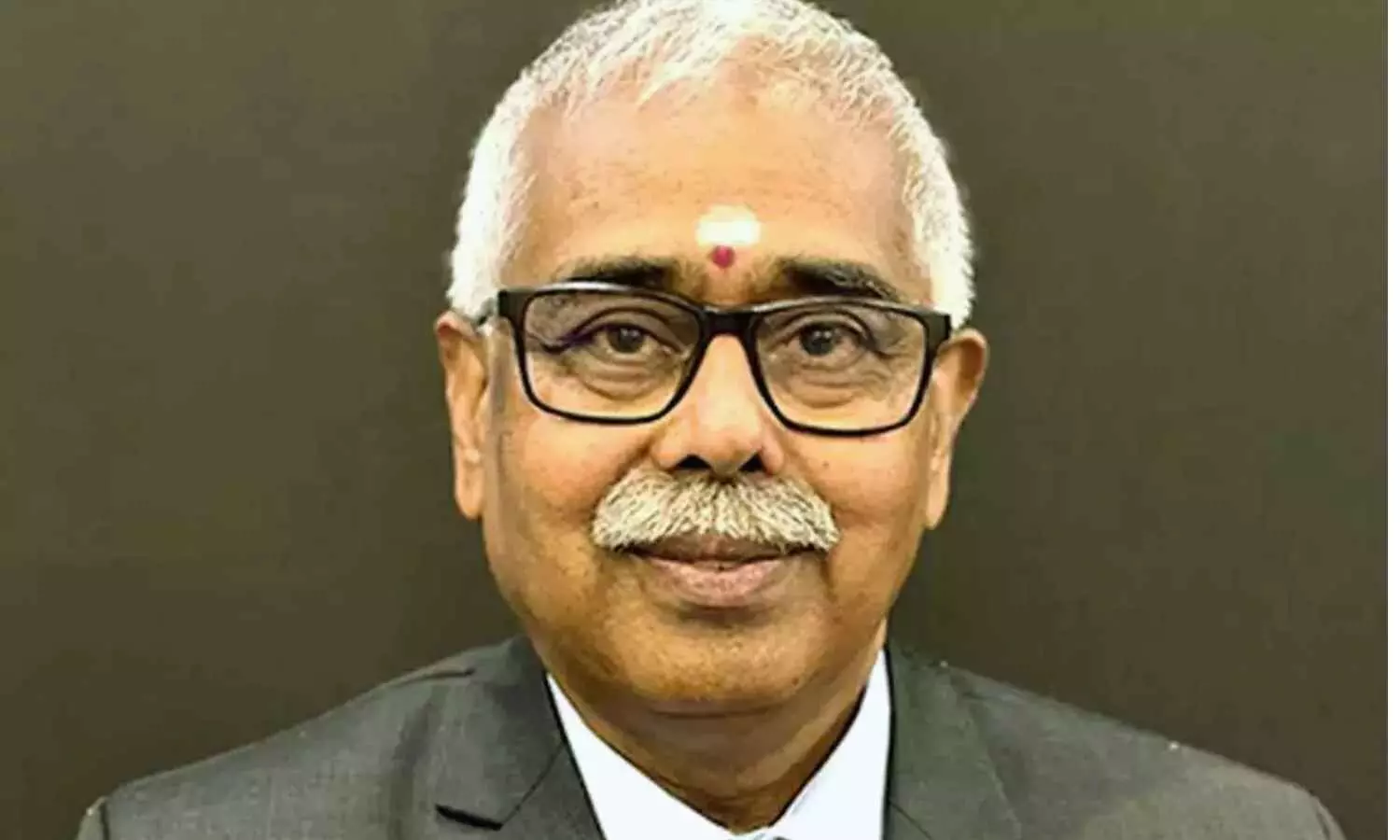
New Delhi: Amid an indefinite hunger strike by young doctors in West Bengal over the rape and murder of a PG doctor at RG Kar Medical College Hospital, Indian Medical Association chief Dr RV Asokan said Doctors have always been ”soft targets” and the ”injustice inflicted on the medical fraternity has no parallel.”
In a statement, posted on X by the IMA, Dr Asokan said on Tuesday that from the word go a doctor in India is a “slave chained by the Bond system”.
In the post titled ‘Meek shall inherit the Earth’, Dr Asokan said the rape and murder of the resident doctor at Kolkata’s RG Kar Hospital and Medical College has brought out the “rot that has set in the country’s medical colleges”.
According to the PTI report, he said, “We are witness to how the sacrifice of the young resident suffocated and raped to a brutal death is haunting the empire. Her death brought out the rot that has set in our medical colleges.”
Also Read:West Bengal doctors’ hunger strike continues as talks with Govt fail
Doctors in West Bengal began their hunger strike on October 5, following nearly 50 days of ‘cease work’ in two phases, over the rape and murder of a postgraduate trainee at state-run RG Kar Medical College and Hospital on August 9.
Comparing the doctors’ agitation to the fast undertaken by Mahatma Gandhi in Kolkata in the sunset hours of the British Empire, he said the “children of Hippocrates are waging a war by silence and suffering. The State has no clue.”
He raised questions on whether the residents who are postgraduates are there to learn clinical medicine or are the employees of the state to run medical colleges.
“Who is responsible for 30 hours duty rosters? Who is accountable for 100 hours a week burden of these children? How many young suicides will open our eyes to the horror that our medical colleges have become,” he asked, news agency PTI reported.
He further said there are 706 medical colleges and 72 more are on the anvil.
He said 1.5 lakh MBBS doctors unemployed at any given time are “loitering in inhumane coaching institutions”.
Governments cry of shortage yet have no clue how to deploy these fine graduates of medicine, he said.
Dr Asokan further stressed that the crime at RG Kar is only a symptom and “nothing short of a renaissance could fix the mess. Maybe we doctors were soft to be misunderstood as meek”.
“One RG Kar is more than enough, It is just a wake-up call. Invest in Health. The violence in Hospitals is directly related to decades of criminal underfunding. Industrialisation of healthcare is not the answer. Redeem Health,” he said, adds PTI.
Several junior doctors and medical students across India observed a 12-hour-long hunger strike on Tuesday to express their solidarity with the striking doctors in Kolkata following a nationwide hunger strike call given by the IMA’s junior doctors’ wing.
The young doctors initially went on ‘cease work’ following the alleged rape and murder of their colleague on August 9. They ended their stir after 42 days on September 21 following assurances from the state government to look into their demands.
However, they began the indefinite fast at the Dorina Crossing in Dharmatala in the heart of Kolkata again claiming that the government did not fulfill their demands.
Some of the demands of the protesters are justice for their colleagues, immediate removal of Health Secretary NS Nigam, and formation of task forces to ensure essential provisions for CCTV, on-call rooms and washrooms at their workplace.
Also Read:Kolkata doctor rape-murder case: FEMA calls 2-day strike in Siliguri Medical Colleges
Powered by WPeMatico
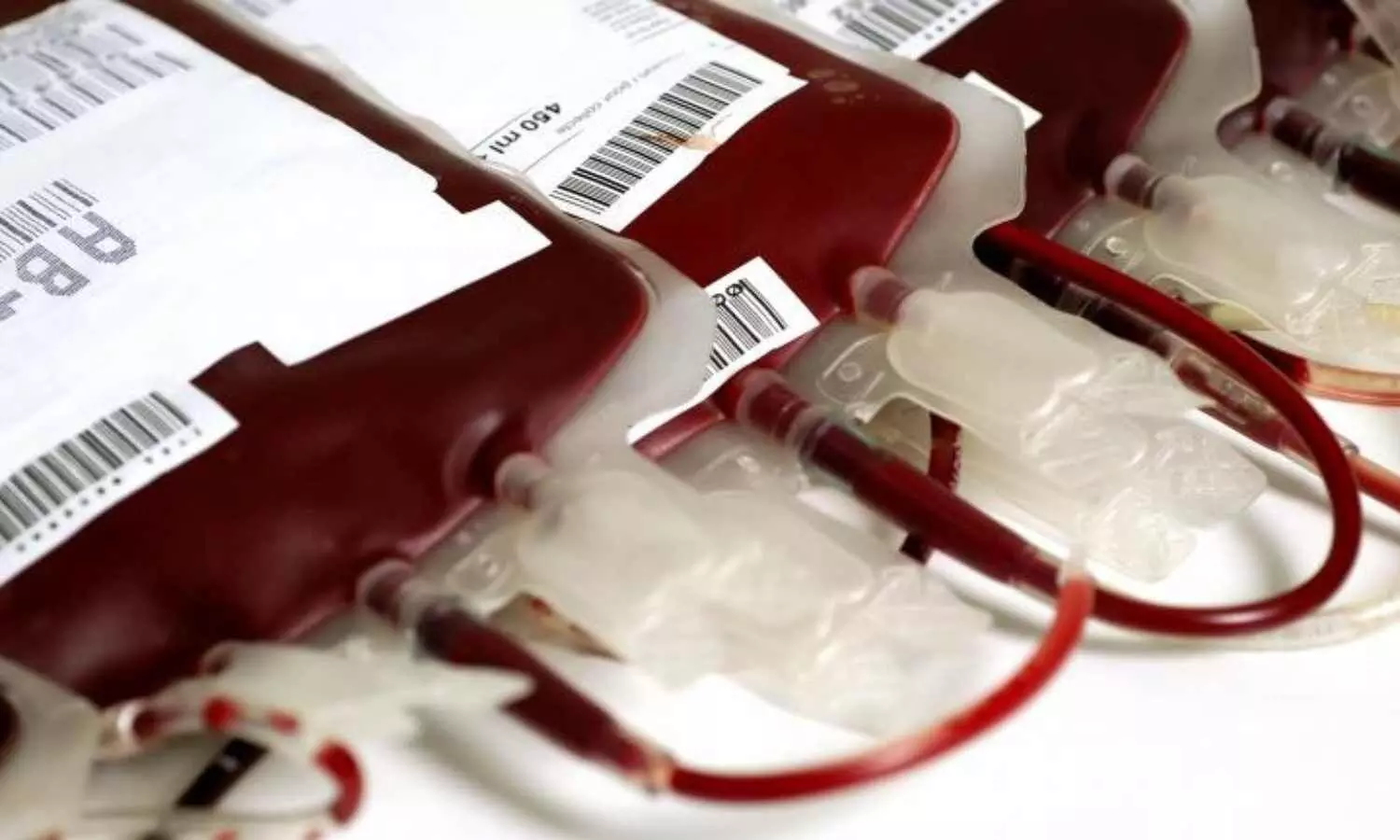
Hardoi: A recent discovery has exposed a disturbing black market scheme at Hardoi Medical College in Uttar Pradesh, where a patient in urgent need of a blood transfusion was reportedly sold fake blood for Rs 7,000.
The illegal blood trade came to light when a doctor, before transfusing blood to a patient, noticed that the blood bags had fake labels that didn’t match those of the medical college. The blood also had dangerously low haemoglobin levels which is extremely life-threatening for any person.
The incident occurred when a male patient was admitted to the hospital for treatment and needed an emergency blood transfusion. Desperate to find a donor, his relative found someone who agreed to supply a unit of blood for an alarming price of Rs 7,000.
Also read- Blood transfusion mix-up: Two nurses of Aundh District Hospital suspended
As per a News 18 report, the family then rushed to the medical college after procuring the blood. However, the doctor on duty refused to transfuse the blood to the patient due to the late hour at night. As a result, the blood was kept in the hospital’s blood bank for safekeeping.
The following morning, when the family requested the blood for the transfusion, a routine check by the blood bank staff revealed a shocking truth. Not only was the attached slip fake but the blood itself was found to be blue indicating a severe deficiency in haemoglobin, rendering it unfit for transfusion.
Speaking to IANS, Dr JK Verma, the hospital’s Chief Medical Superintendent said, “A patient admitted to Hardoi’s medical college needed one unit of blood. His relative brought blood from a nursing home for ₹7,000. When the family reached the medical college for a transfusion, the doctor refused due to it being night and advised them to store the blood in the blood bank. The family then deposited the blood, which was later found to be blue and accompanied by a fake slip…. We will take action against those involved, and the seized blood has been sent for investigation.”
Later, the patient was given a safe unit of blood from the hospital’s reserve blood bank and the authorities filed an FIR at the police station in this regard. An investigation is underway to nab the racket and the person behind the scam.
Also read- Wrong blood transfused at Rajkot Hospital, Resident doctor suspended
Powered by WPeMatico

Jammu: The Legal Metrology Department (LMD) has taken action against the Punjab-based Jammu private hospital chain based in Jammu at Greater Kailash. The hospital has been fined for using non-standard units of measurement in its transactions, which violates legal regulations.
Through this significant step, LMD aims to protect consumers from fraudulent practices and ensure fair treatment in the healthcare sector.
The case came to light following a special inspection by the Legal Metrology Department Jammu District, directed by the Controller of LMD, Anuradha Gupta. The inspection aimed to regulate commercial transactions in the healthcare sector and enforce compliance with the Legal Metrology Act and its rules. It is made to protect consumers from fleeing the hospitals and to ensure fair trade practices in the medical industry.
Also Read: Kerala hospital slapped Rs 14 lakh fine for overcharging COVID patient
During the investigation, the LMD officials discovered the truth about the hospital’s unethical practices.
The hospital, which specializes in orthopaedic surgeries and bone-related treatments, was found guilty of using nonstandard units of measurement in its billing system, which violates the law. The hospital was found guilty of violating provisions of the Legal Metrology Act by LMD. The act mandates accurate information and the use of standard units of measurement in all commercial transactions, including medical devices.
The investigation revealed significant discrepancies in the hospital’s billing practices, particularly concerning the quantity of surgical materials and dressing supplies used during procedures, measured in terms of weight, measure, or number.
As per the media report by Daily Excelsior, upon registration of the case for breach of relevant provisions of the Legal Metrology Act, the hospital management pleaded guilty to the violation and opted for departmental compounding of the case by paying a fine of Rs. 20,000.
The Legal Metrology Department J&K, in a recent handout, has highlighted the provisions of the Legal Metrology Act. It emphasizes that medical services, including transactions related to medical devices, now fall under the purview of the Legal Metrology Act. According to the standing norms, pre-packaged commodities must not be sold at prices exceeding their maximum retail price (MRP). The clarification aims to enhance consumer protection in the medical industry.
Also Read: NIMS slapped Rs 50000 fine for illegally collecting parking fee
Consumers are advised to scrutinize their hospital bills for any discrepancies, especially regarding overcharging. In case someone encounters overcharging, aggrieved consumers can report to the Legal Metrology Department for timely resolution.
Powered by WPeMatico

Powered by WPeMatico

A recent study published in the European Heart Journal unveiled increase in heart rate and atrial tachycardias with binge drinking in which young individuals through continuous rhythm monitoring. The holiday heart syndrome is characterized by cardiac arrhythmias such as atrial fibrillation, may be brought on by an acutely high alcohol intake. Stefan Brunner and colleagues set out this study to prospectively examine the temporal course of cardiac arrhythmias that arise after binge drinking in young individuals due to a lack of underlying data.
202 volunteers in total were enlisted who planned to consume alcohol acutely and had predicted peak breath alcohol concentrations (BAC) of ≥1.2 g/kg. Electrocardiogram (ECG) monitoring for 48 hours was used in the study. Baseline (hour 0), the “drinking period” (hours 1–5), the “recovery period” (hours 6–19), and two control periods, which corresponded to the 24 hours after the “drinking” and “recovery periods,” respectively, were covered. BAC readings were used to track acute alcohol consumption during the “drinking period.” Heart rate variability (HRV), atrial tachycardia, premature ventricular complexes (PVC), premature atrial complexes (PAC) and mean heart rates were examined on ECGs.
The data showed that when alcohol consumption increased, there was an excess of atrial tachycardias and an increase in heart rate. An autonomic modulation with sympathetic activation after alcohol consumption and the ensuing “recovery period” was revealed by HRV measurement, with parasympathetic predominance following. While PVCs were more common during the “drinking period,” PACs were substantially more common during the “control periods.” During the ‘recovery phase’, 10 individuals had significant arrhythmic events, mostly atrial fibrillation and ventricular tachycardias.
Premature ventricular complexes were more common in individuals without a known history of cardiac arrhythmias during the hours of alcohol use. About 1 day later, premature atrial complexes were much more common. Also, approximately 200 subjects had significant arrhythmic events during the hours after their binge drinking, including atrial fibrillation, non-sustained ventricular tachycardias, and varying degrees of atrioventricular block.
Overall, this study highlighted the holiday heart syndrome as a health concern by showing how excessive drinking affects heart rate changes and increases atrial tachycardias during the “drinking period” and the emergence of clinically significant arrhythmias following the “recovery period.”
Reference:
Brunner, S., Krewitz, C., Winter, R., von Falkenhausen, A. S., Kern, A., Brunner, D., & Sinner, M. F. (2024). Acute Alcohol Consumption and Arrhythmias in Young Adults: The MunichBREW II Study. In European Heart Journal. Oxford University Press (OUP). https://doi.org/10.1093/eurheartj/ehae695
Powered by WPeMatico
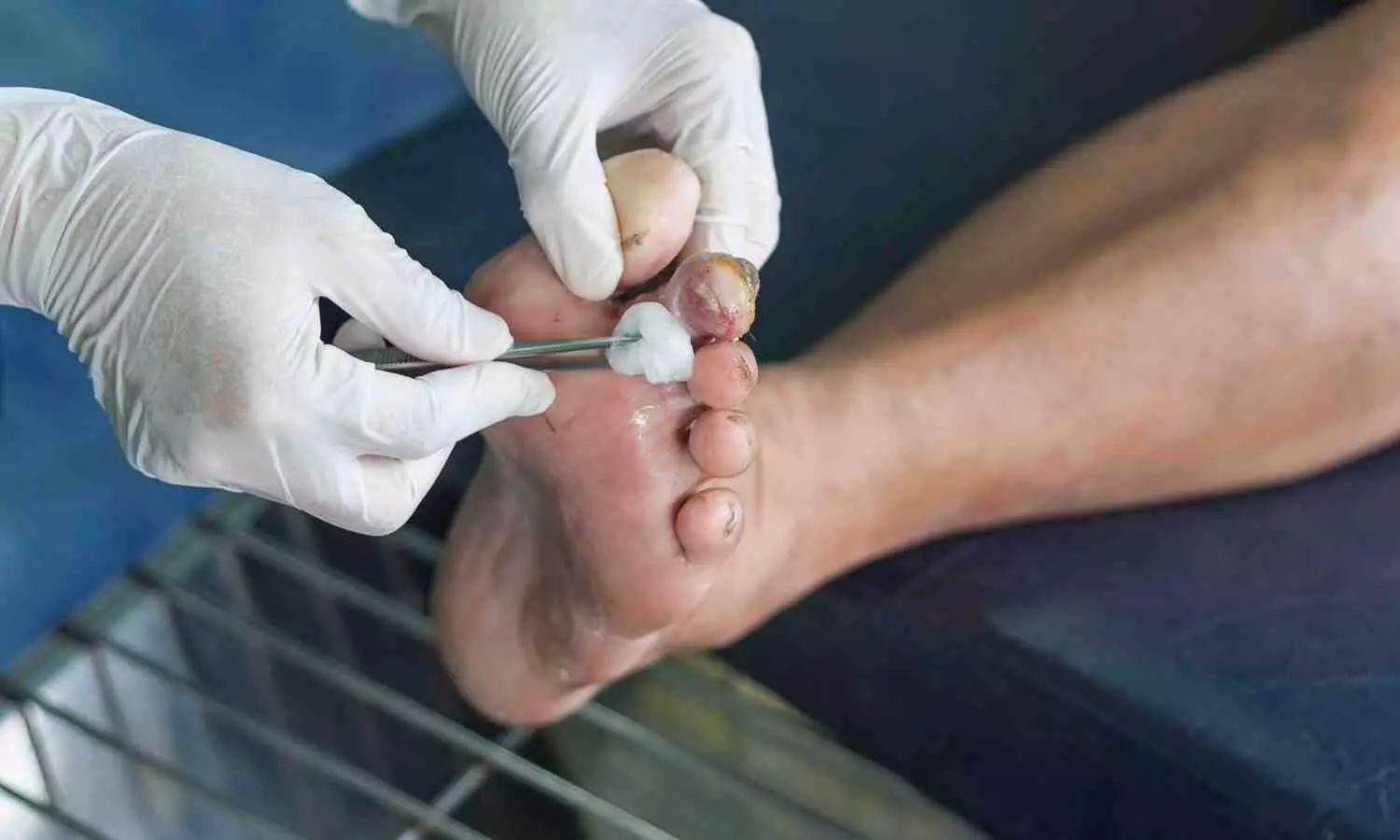
Researchers have reported that diabetic foot ulcer (DFU) is one of the major complications of diabetes, normal vitamin B12 levels seem to offer no protection against the development of DFU. This conclusion was obtained from a retrospective case-control study conducted in Buraydah. The study was published in the journal of Cureus by Alruqayi and colleagues.
The study was conducted on 221 adult patients with type 2 diabetes who visited the diabetes center in Buraydah between January 2018 and August 2023. Study participants were categorized into cases-107 patients with DFU and controls-114 patients without DFU. All participants were more than 18 years old, and data were collected from electronic medical records.
The study utilized patients, considering a few of the risk factors for DFU including vitamin B12 levels, age, glycated hemoglobin (HbA1c), physical activity, and neuropathy. Vitamin B12 levels were in a normal range of 187-883 pg/mL. SPSS version 27.0.1 (IBM Corp.) was conducted to carry out statistical calculations toward achieving significance at p < 0.05 to identify the most influential associations between the variables .
• The mean age of the intervention group of subjects with DFU was 58.5 years, it was much higher than the mean age in the control group: 54.1 years.
• Mean HbA1c was significantly higher in cases with DFU (8.7, SD = 2.0) compared to controls (7.6, SD = 2.2) (p < 0.001), indicating poor diabetes control.
• The proportion of individuals being physically inactive was significantly more among cases (62.1%) than among controls (39.1%, p = 0.046).
• Neuropathy was strongly associated with DFU, with 59.1% of them having neuropathy compared to controls (23.5%) (p < 0.001).
• Dry foot and fissures (60.0% vs. 6.3%), Charcot joint (36.8% vs. 12.2%), and trauma to the foot (40.9% vs. 3.9%) were significantly higher in the case group than in the control groups (p < 0.001) for each of them.
• Although the majority of participants (79.2%) had normal vitamin B12 levels, no significant protective association was found between normalization of vitamin B12 levels and development of DFU.
No association with the prevention of diabetic foot ulcers was found concerning normal vitamin B12 levels in patients with type 2 diabetes. These findings suggest that diabetes management and prevention of DFUs are not only dependent upon controlling the glycemic levels but also on the attenuation of neuropathy. Further research would be essential to clarify the potential role of vitamin B12 in the prevention of DFUs.
Reference:
Alruqayi, D. M., Alsaud, J. S., Alsogaihi, J. M., Alsawyan, W., Almutlaq, L. Y., Alsuhaibani, A., Alshammari, A., Alghadouni, H., & Alharbi, M. (2024). The association between vitamin B12 deficiency and diabetic foot ulcer in type 2 diabetic patients in Qassim province, Saudi Arabia: A case-control study. Cureus. https://doi.org/10.7759/cureus.68598
Powered by WPeMatico
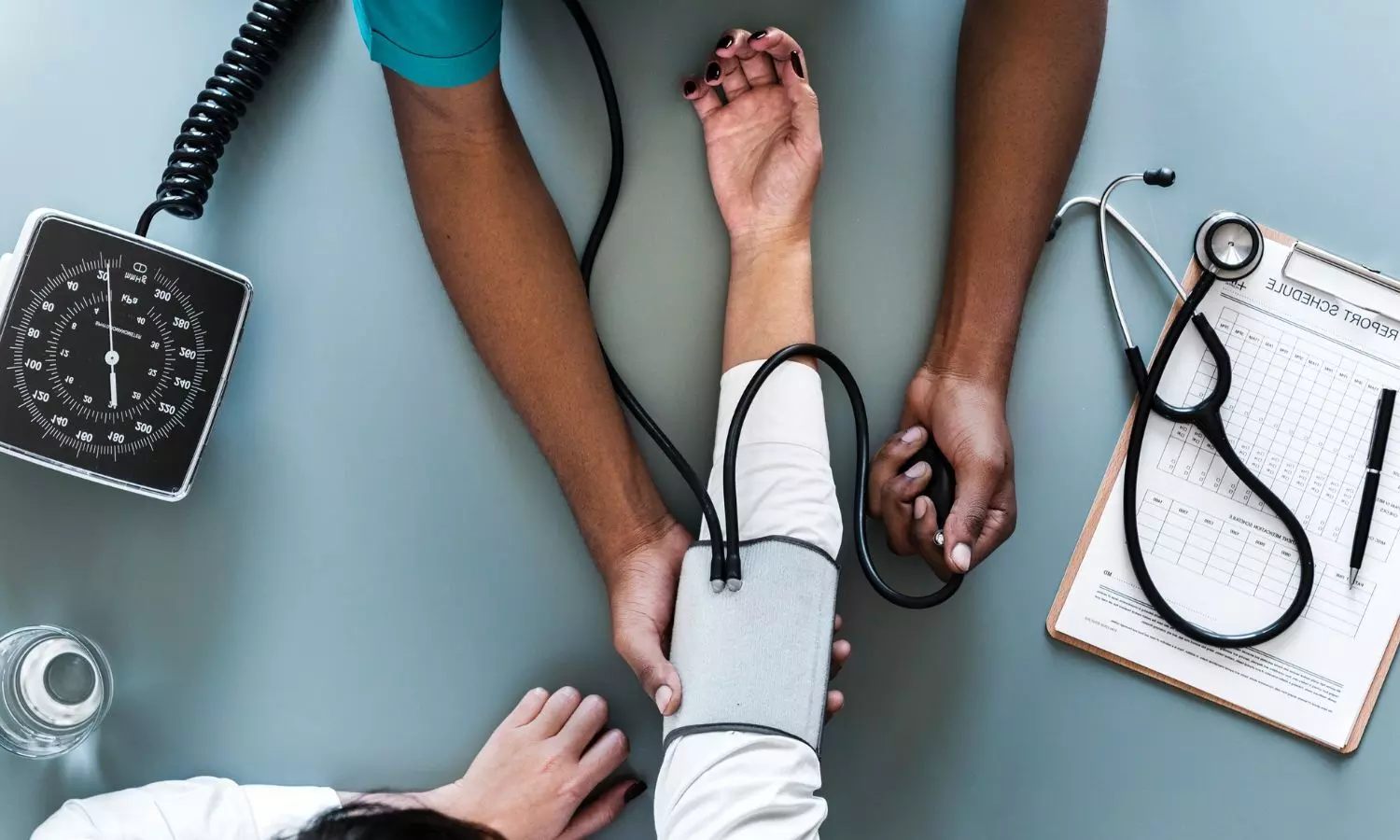
Several medications are available to treat high blood pressure, but more than 10 million Americans do not respond to the treatments, according to the American Heart Association. Using a bioelectronic device to deliver pulsed electricity to the body has proven to be a promising strategy to treat drug-resistant hypertension patients, according to Penn State researcher Tao Zhou, although he noted that its practical application in patient care has significant limitations.
Zhou, assistant professor of engineering science and mechanics and of biomedical engineering, received a five-year, $1.83 million grant from the U.S. National Institutes of Health to develop a soft and stretchable tissue-like electronic device for the treatment of resistant high blood pressure.
In a Q&A with Penn State News, Zhou-who is a co-hire with the Huck Institutes of the Life Sciences and the Materials Research Institute as part of the Center for Neural Engineering-discussed the specifics of the grant.
Zhou: Existing devices have significant limitations that precludes their practical application. They are made of stiff materials and unable to stretch in response to the carotid artery wall’s periodic expansion and contraction, which can cause tissue damage and inflammation. Devices also must be sutured to the carotid artery wall, which introduces further damage to the tissue on which they were implanted. Overall, these limitations can cause significant patient discomfort, illness and failure of devices over time.
Zhou: Electrical stimulation of relevant nerves on the neck can activate the baroreflex, which can modulate patient blood pressure.
Zhou: We adopt soft and stretchable yet resilient hydrogel-based materials for the fabrication of the devices to better match the mechanical properties of tissues and to reduce tissue damage and inflammation after implantation. Owing to its intrinsic stretchability, the whole device can deform as the artery wall expands and contracts, thus minimizing constraint and damage to the carotid artery. We also will adopt a bioadhesive component in the proposed system to eliminate the need for suturing electrical devices on carotid artery walls, thus significantly decreasing the invasiveness of implanted devices and increasing the safety, stability and functionality of the device.
Powered by WPeMatico
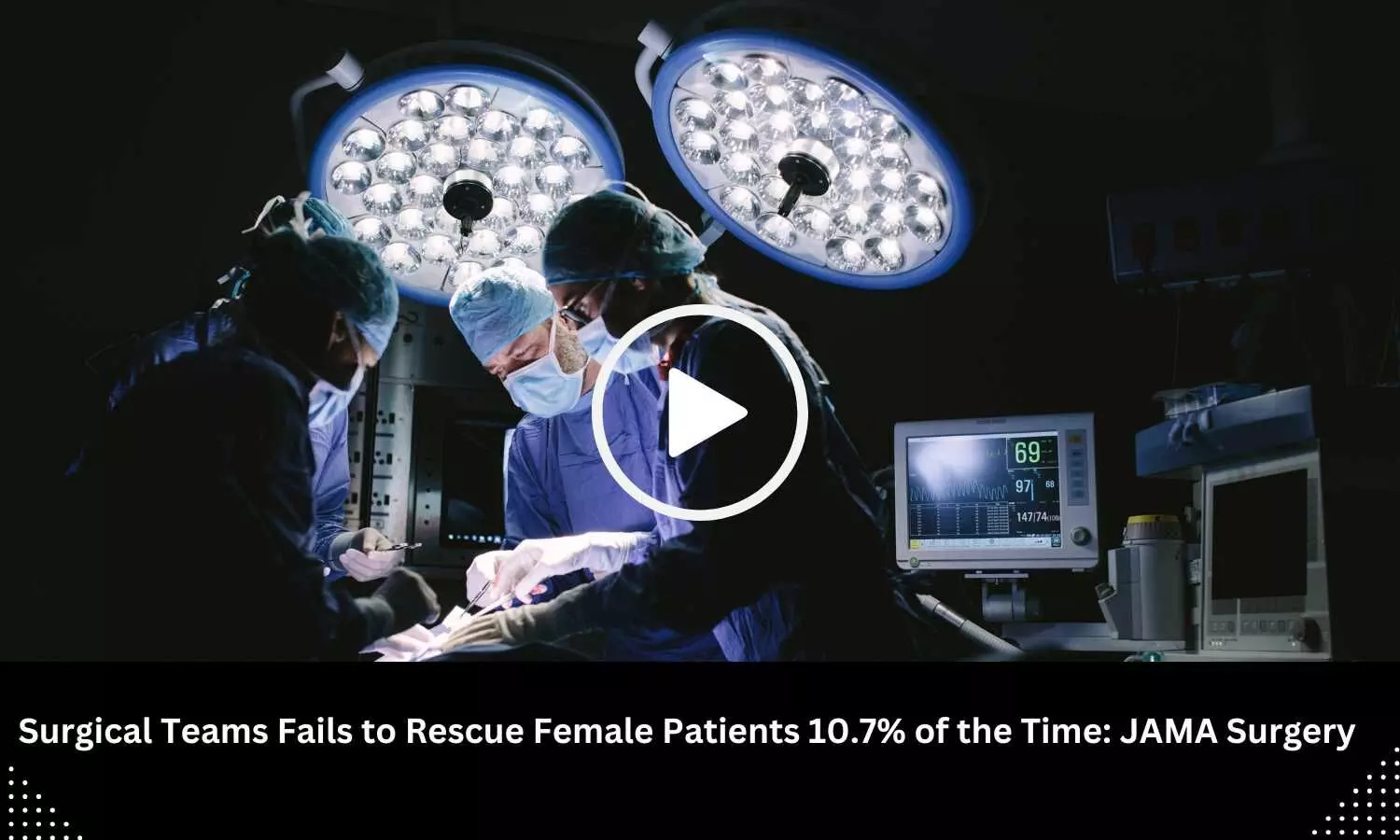
Powered by WPeMatico
